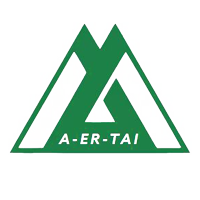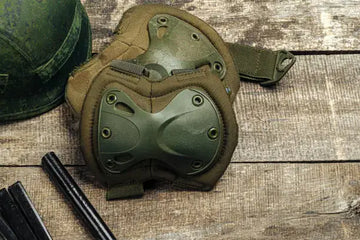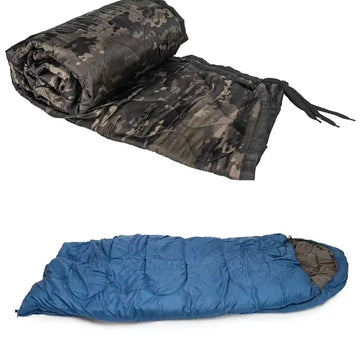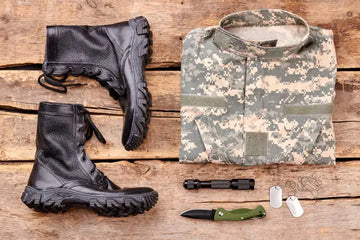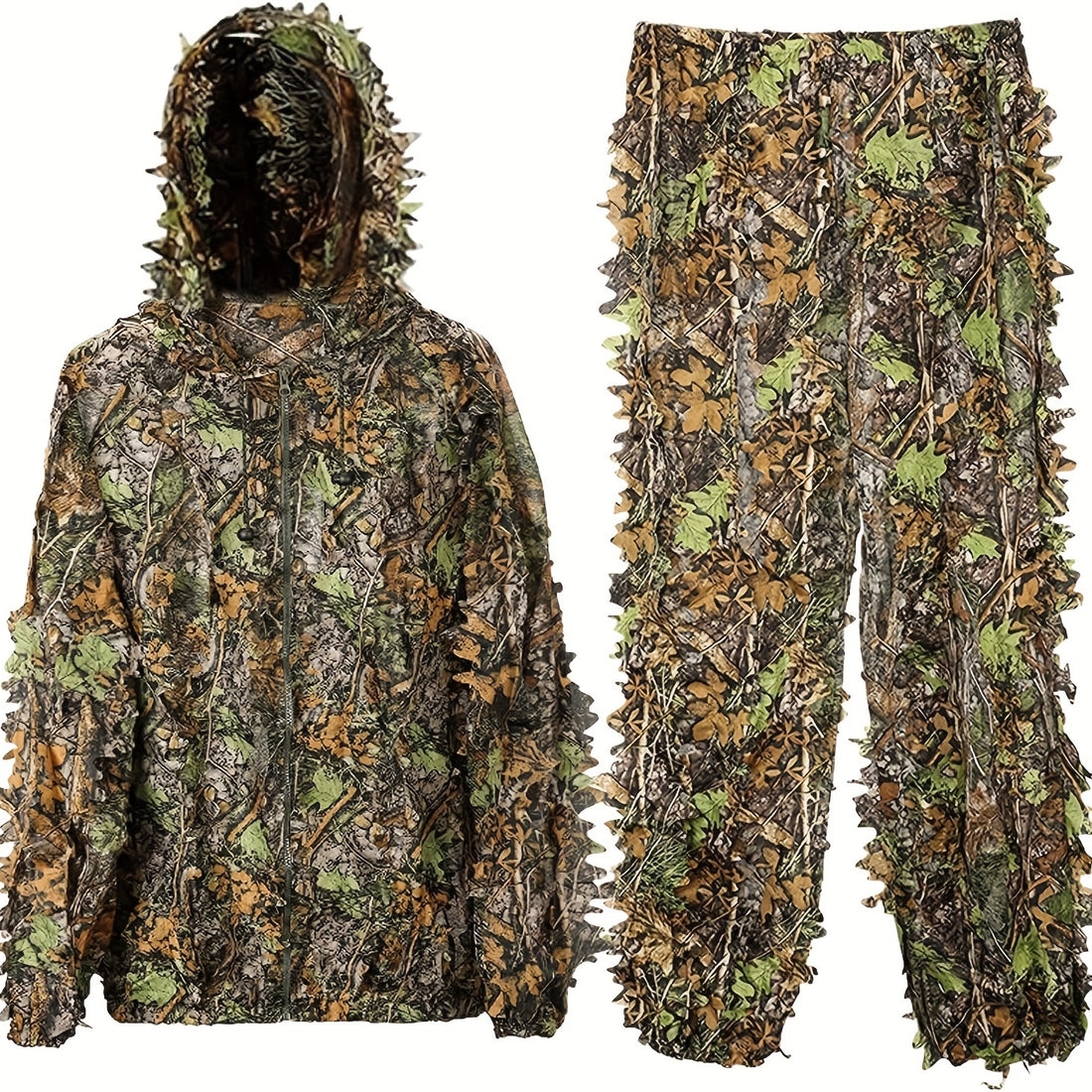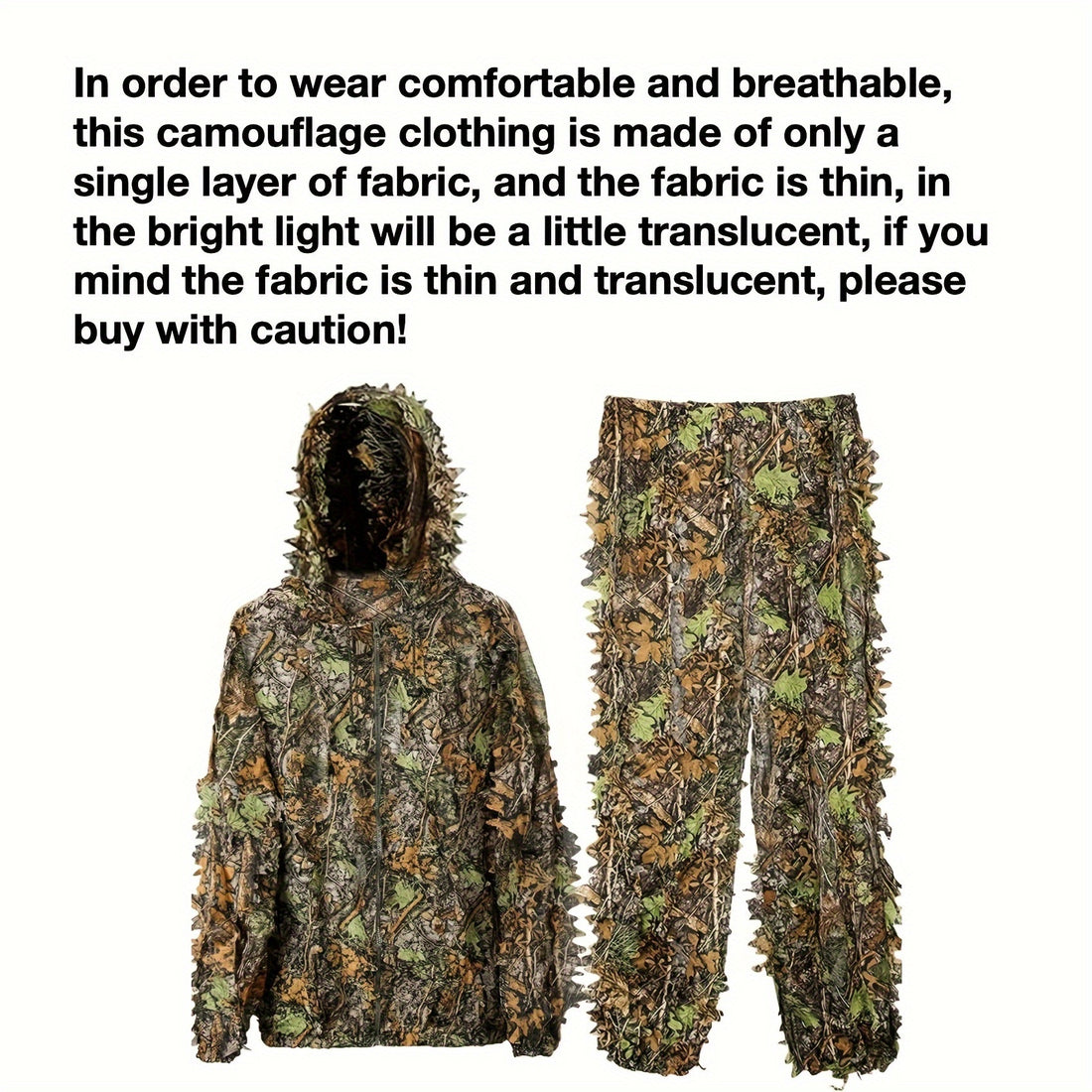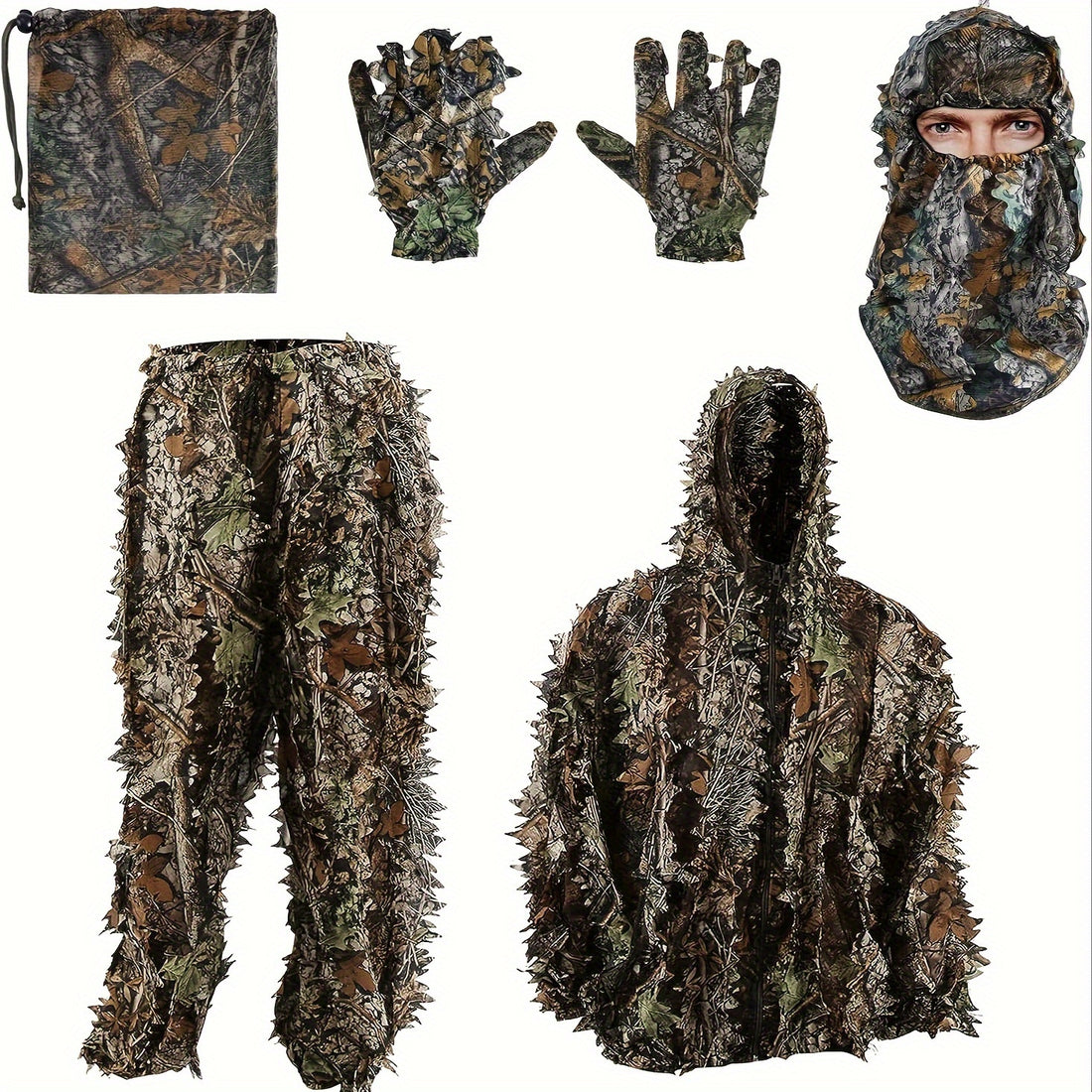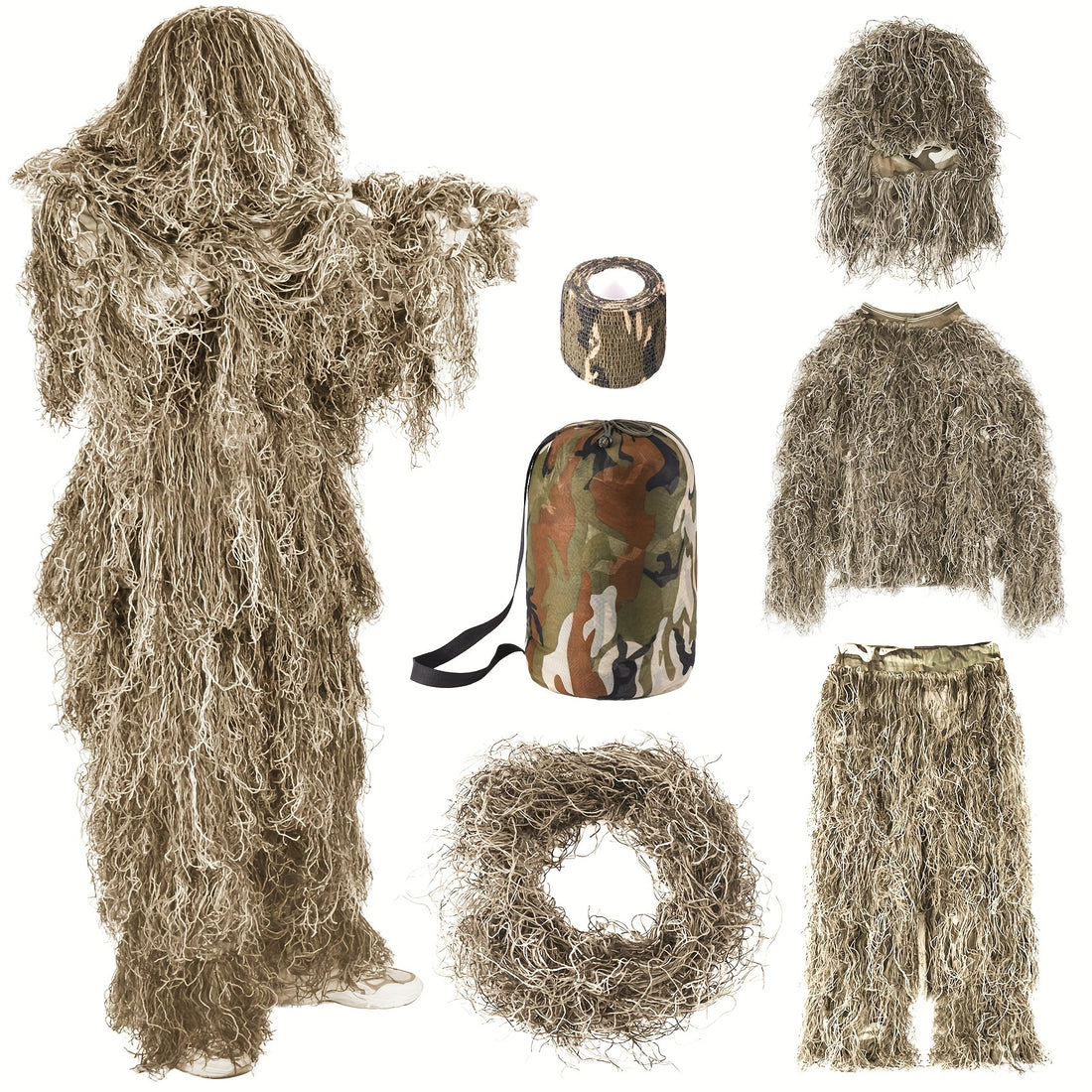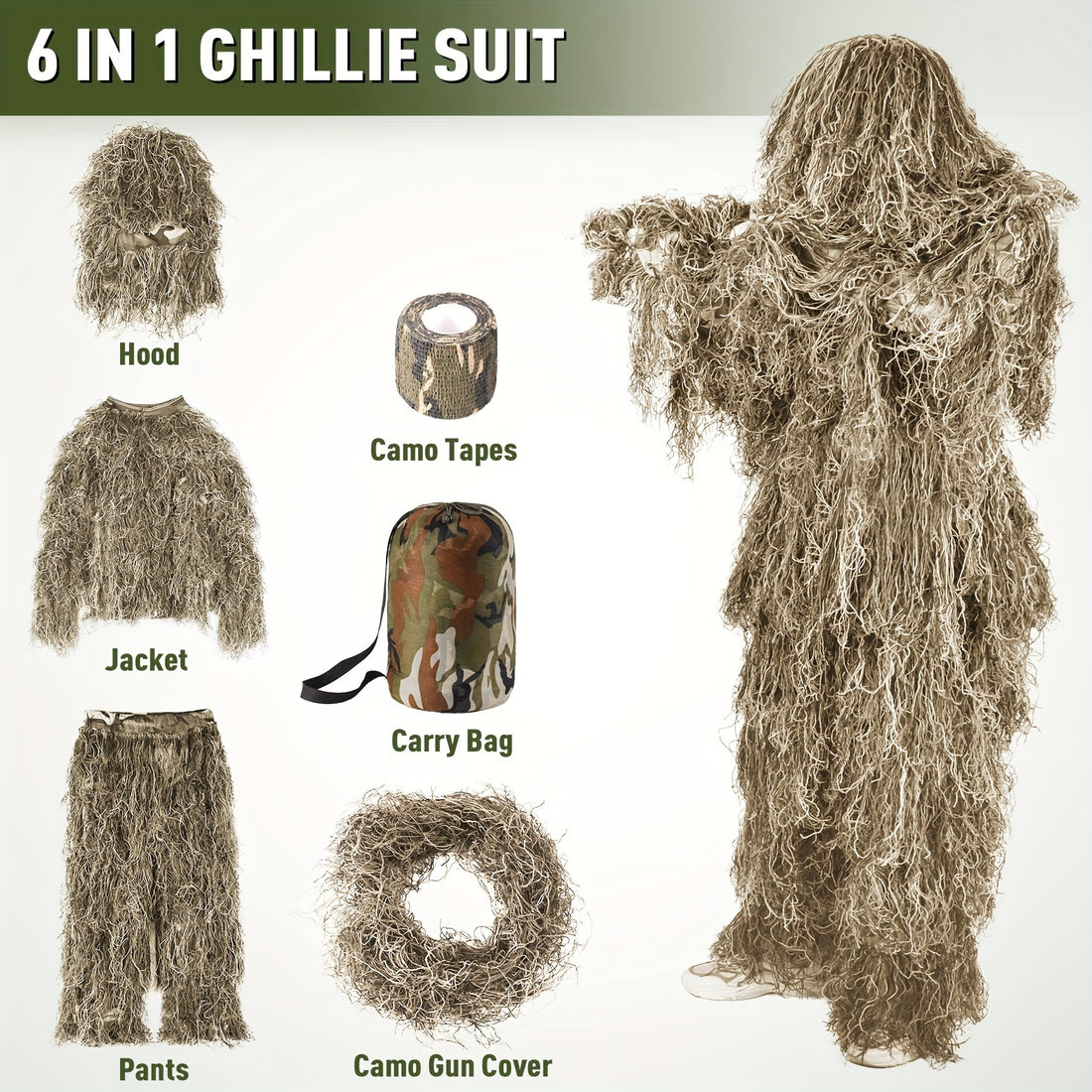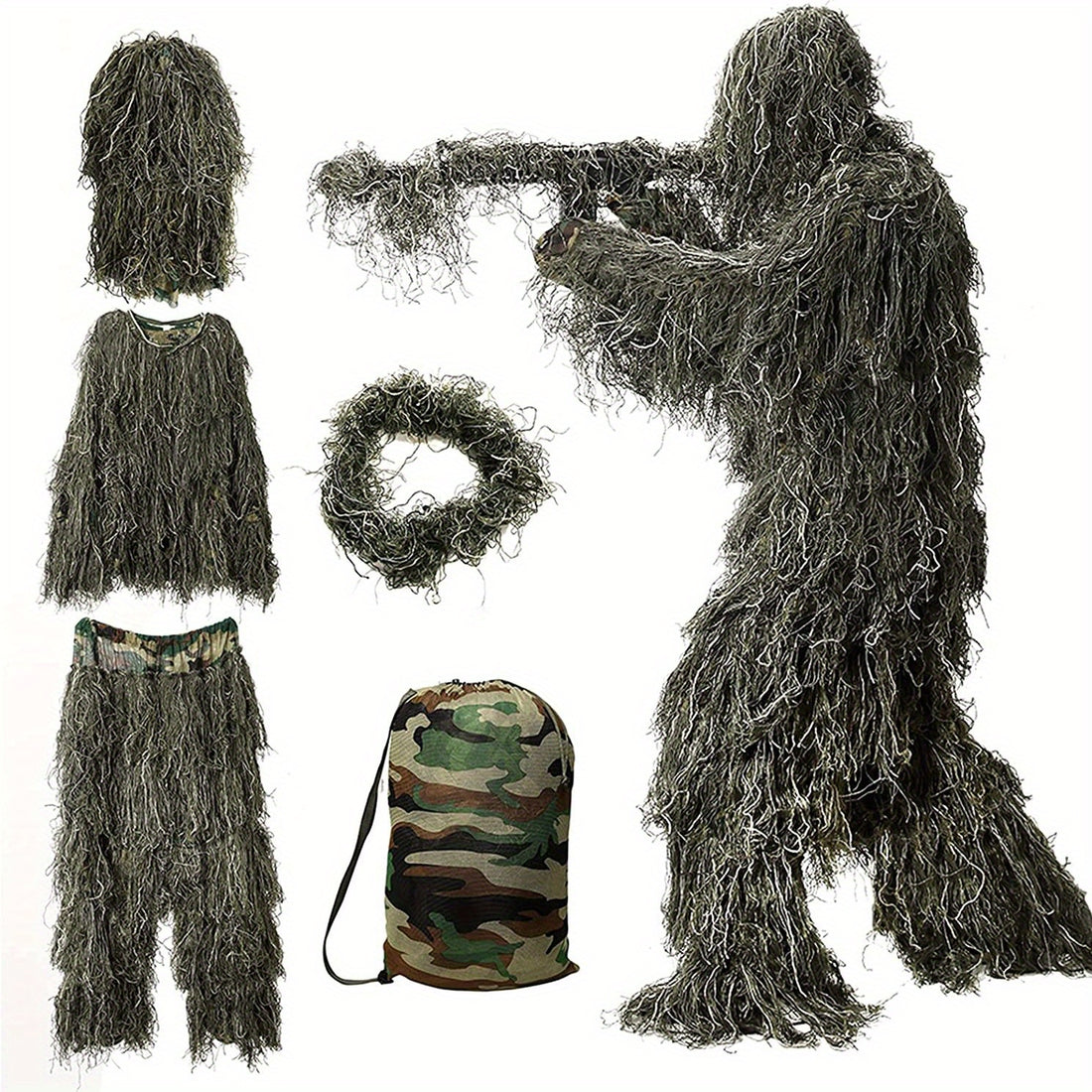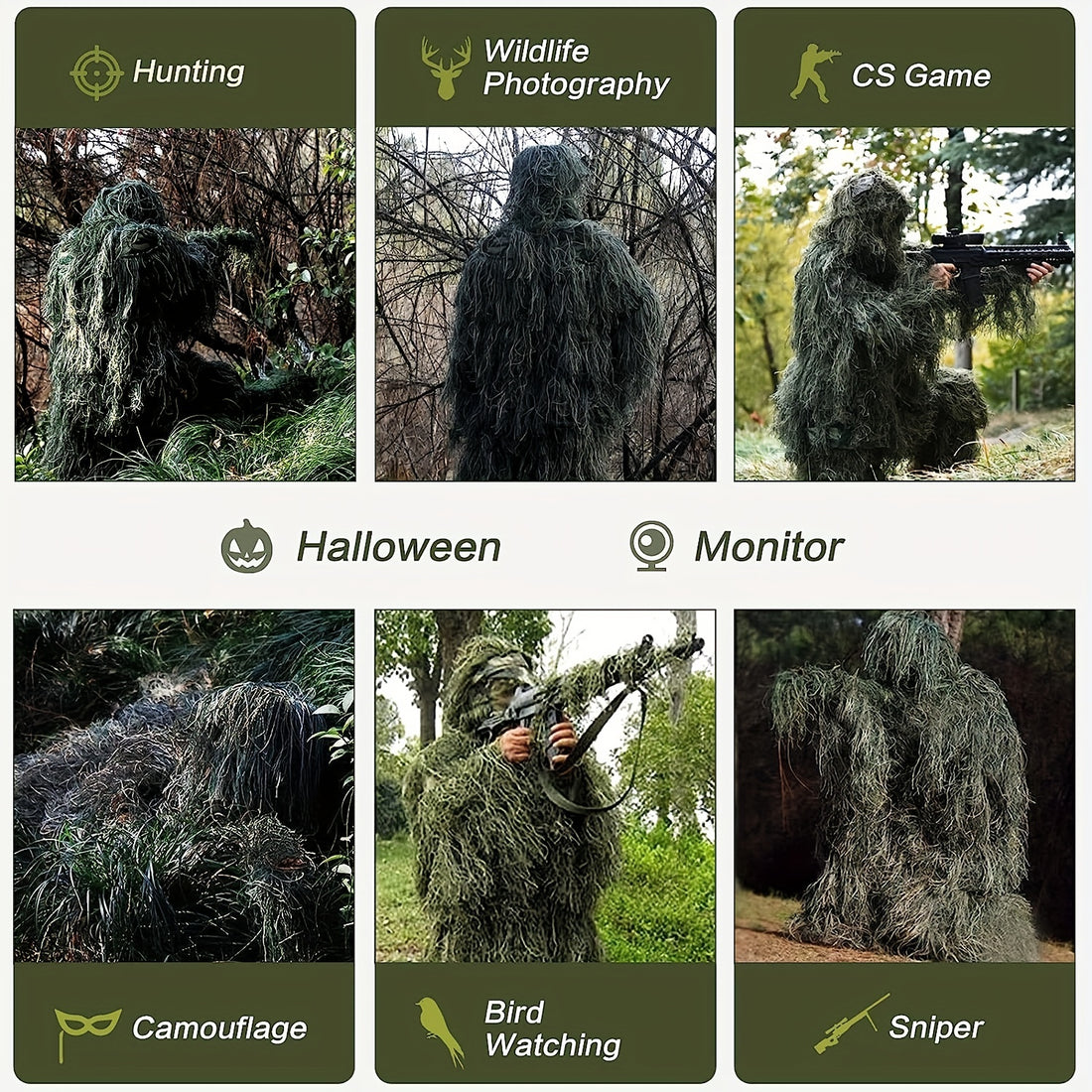Properly integrating knee and elbow pads with your tactical gear enhances mobility, stability, and injury prevention while ensuring comfort during demanding tasks.
This guide provides practical steps to pair pads seamlessly with your loadout.
Why Pairing Matters
Ill-fitting pads can shift, create pressure points, or restrict movement, reducing protection and distracting you during critical moments. Proper pairing addresses:
-
Hot spots: Chafing from friction between pads and gear.
-
Gear interference: Straps or pads catching on pouches, carriers, or holsters.
- Restricted mobility: Pads limiting natural joint movement.
Correct pairing also extends the lifespan of both pads and gear by reducing wear from misalignment.
1. Pairing with Tactical Pants
Tactical pants are a common integration point for knee pads, but compatibility requires attention to detail.
- Sleeve-Compatible Pads:
Measure the knee sleeve opening in your pants to ensure pads fit snugly without folding.
Use low-profile pads for pants with thin or stretchy sleeves to avoid straining seams.
Tip: After inserting pads, kneel and move. If sleeves wrinkle or pads rotate, consider a smaller size.
-
External Strap Pads:
Position straps above pockets or mag pouches to prevent snagging.
Choose pads with non-slip silicone or rubberized inner linings to grip fabric and reduce slippage.
Avoid: Placing straps over rigid knee reinforcements (e.g., in work pants), as this can create uncomfortable pressure points.

2. Integrating with Plate Carriers & Chest Rigs
Knee and elbow pads must work with plate carriers or chest rigs, especially during prone positions or weapon drills.
-
Elbow Pads + Plate Carriers:
Ensure pads don’t catch on the carrier’s cummerbund or side plates when shouldering a rifle.
Opt for slim-profile elbow pads to minimize interference during high-ready stances.
Test: Go prone and check if carrier edges dig into pads or limit elbow movement. Adjust pad position if needed.
-
Knee Pads + Drop Leg Panels:
Secure knee pad straps before attaching leg panels to ensure the straps sit flush.
Use contoured pads that taper toward the calf to reduce bulk under holsters or other leg-mounted gear.
Shop our plate carriers
3. Layering with Uniforms & Base Layers
Moisture and fabric compatibility are key to comfort during extended wear.
-
Moisture-Wicking Base Layers:
Pair pads with breathable, seamless base layers to reduce chafing. Avoid cotton, which retains sweat and increases friction.
Tip: Apply pads directly over base layers, not over uniform sleeves, to minimize slippage.
-
Uniform Compatibility:
For uniforms with built-in pad pockets (e.g., combat shirts), ensure pad thickness matches pocket depth to avoid bulging.
Choose rugged, abrasion-resistant fabrics (like Cordura) for uniforms to securely hold pads in place.
4. Syncing with Belts, Holsters & Leg Rigs
Prevent gear conflicts during dynamic movements like drawing a sidearm or kneeling.
-
Knee Pads + Battle Belts:
Position the top knee pad strap below the battle belt to avoid pressure when kneeling.
Tip: Use pads with offset strap buckles to prevent buckle clashes with belt-mounted gear.
-
Elbow Pads + Holsters:
Test drawing your sidearm to ensure the elbow pads don’t contact the holster during the draw stroke.
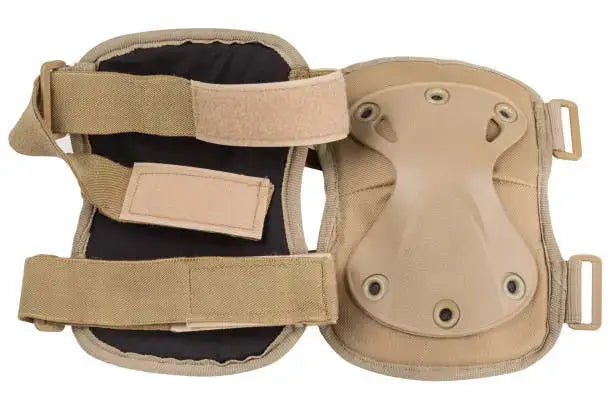
5. Cross-Gear Adjustments for All-Day Wear
Fine-tune your setup for comfort and reliability during long missions.
-
Strap Tension:
Adjust straps to be snug enough to stay in place during sprints but loose enough to fit two fingers underneath.
Hook-and-loop (Velcro) straps allow quick micro-adjustments as gear shifts.
-
Articulation Points:
Choose pads with flexible, segmented caps that move with your joints for natural articulation.
-
Material Pairings:
Pair non-mesh pads with abrasive gear (e.g., rough-out leather holsters) to prevent tearing.
6. Choosing Pad Materials for Your Environment
Select pad materials based on your mission environment:
-
Thermoplastic Polyurethane (TPU) Caps: Durable for urban or rocky terrain but less breathable.
-
High-Density Foam: Lightweight and flexible, ideal for general use but less resistant to abrasion.
- Neoprene Linings: Comfortable and moisture-resistant, suitable for wet conditions.
Consider pads with replaceable caps for cost-effective maintenance.
7. Maintaining Your Pads
To extend the pad's lifespan:
- Clean pads with mild soap and water after use, avoiding harsh detergents that degrade materials.
- Air-dry pads away from direct heat to prevent warping.
- Inspect straps and stitching regularly for wear and replace damaged components promptly.
8. The 5-Minute Compatibility Test
Before deployment, verify your setup:
- Kneel, crawl, and go prone to check for pad shifts or gear snags.
- Sprint and shoulder your weapon to ensure elbow pads don’t impede movement.
- Bend, squat, and pivot to confirm the straps stay secure.
9. When to Consider Custom Pads
Off-the-shelf pads may not suit:
- Non-standard uniform or pants designs.
- Unique body proportions (e.g., muscular calves or long arms).
- Specialized missions (e.g., low-visibility operations). Custom pads offer tailored dimensions, reinforced areas, and fabric matching for optimal integration.
Final Takeaway
Knee and elbow pads should feel like a natural part of your gear, not an afterthought. Prioritize secure fit, unrestricted mobility, and compatibility with your loadout. Test your setup thoroughly to ensure reliable performance in the field.
About Us: We design and manufacture a wide range of tactical gear, including knee/elbow pads trusted by military, LE, and outdoor professionals. Our 15+ years of manufacturing ensure gear that integrates seamlessly with your loadout. Please explore our website for tailored solutions.
